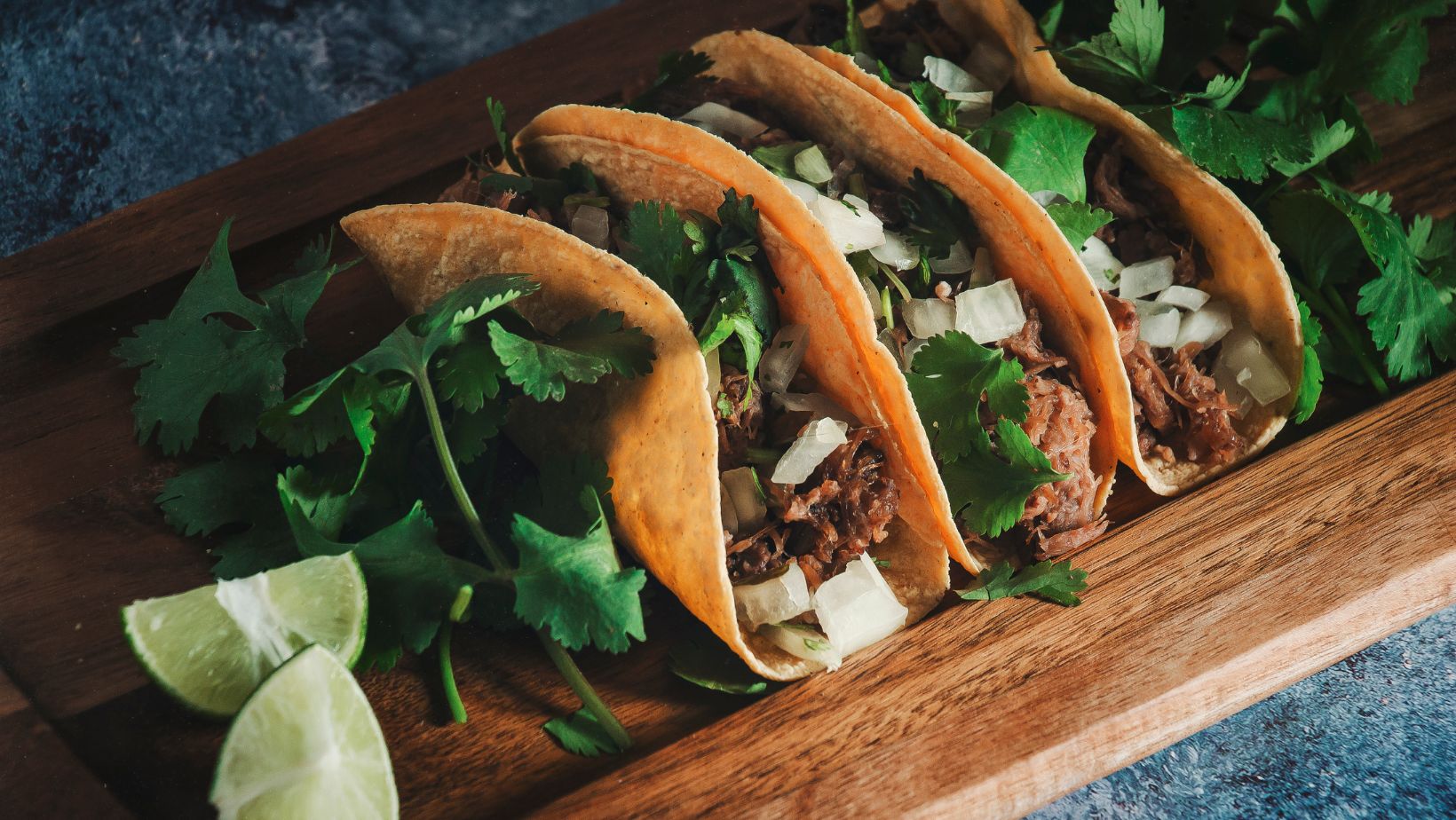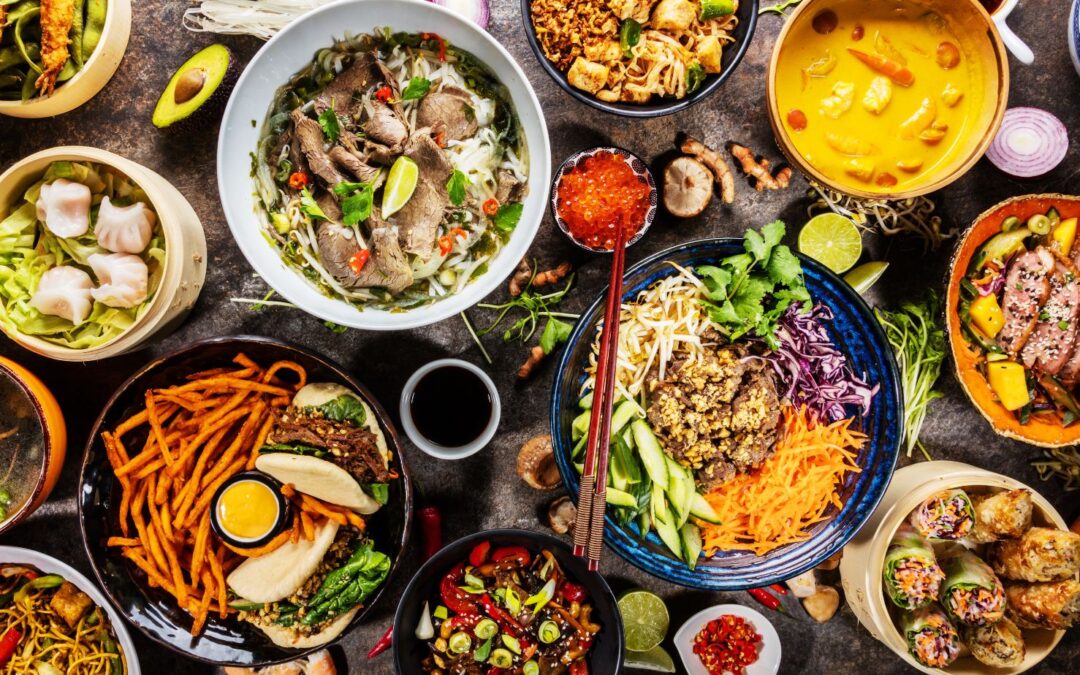In recent years, the culinary world has undergone a remarkable transformation, blending traditional flavors with innovative techniques and embracing diverse cultural influences. This comprehensive food world review explores the latest trends, emerging cuisines, and shifting consumer preferences that are shaping the global gastronomic landscape.
Farm-to-Table Movement Gains Momentum
The farm-to-table movement continues to flourish, with consumers increasingly valuing locally sourced, seasonal ingredients. Restaurants and home cooks alike are prioritizing fresh produce and supporting local farmers, resulting in more sustainable and flavorful dining experiences. This trend has led to a resurgence of farmers’ markets and community-supported agriculture programs worldwide.
Plant-Based Revolution
Plant-based diets have experienced a meteoric rise in popularity, driven by health, environmental, and ethical concerns. Innovative meat alternatives and creative vegetable-centric dishes are becoming staples in both high-end restaurants and fast-food chains. This shift has sparked a wave of culinary creativity, with chefs reimagining classic dishes using plant-based ingredients.
Fusion Cuisine Redefines Boundaries
As global travel and cultural exchange become more accessible, fusion cuisine has taken center stage. Chefs are boldly combining flavors and techniques from different culinary traditions, creating exciting new taste experiences. This trend has given rise to unique combinations like Korean-Mexican tacos, Japanese-Peruvian sushi, and Indian-Italian pasta dishes.
Technology Transforms Dining
The integration of technology in the food industry has revolutionized how we discover, order, and experience food. Mobile apps, food delivery platforms, and social media have made cuisine from around the world more accessible than ever. Virtual reality dining experiences and AI-powered recipe generators are pushing the boundaries of culinary innovation.
Sustainability Takes Center Stage
Environmental consciousness has become a driving force in the food world. Restaurants and food producers are adopting sustainable practices, reducing food waste, and embracing eco-friendly packaging.

The rise of regenerative agriculture and carbon-neutral dining options reflects a growing commitment to environmental stewardship in the culinary industry.
Global Flavors Go Mainstream
As consumers become more adventurous, once-exotic ingredients and dishes are finding their way into everyday meals. Spices like za’atar, sumac, and gochujang are becoming pantry staples, while dishes like poke bowls and banh mi have gained widespread popularity beyond their countries of origin.
Health-Conscious Eating
The focus on health and wellness has led to a surge in functional foods, superfoods, and nutritionally dense ingredients. Consumers are seeking out foods that not only taste good but also offer specific health benefits. Probiotics, adaptogens, and antioxidant-rich ingredients are being incorporated into a wide range of products and dishes.
Artisanal and Craft Food Renaissance
There has been a renewed appreciation for artisanal and craft food products. From small-batch chocolates to handcrafted cheeses and locally brewed beers, consumers are gravitating towards products with a story and a connection to their makers. This trend has revitalized traditional food crafts and created new opportunities for small-scale producers.
Digital Dining and Ghost Kitchens
The rise of food delivery apps and the challenges posed by recent global events have led to the proliferation of ghost kitchens and virtual restaurants. These delivery-only concepts are changing the restaurant landscape, allowing chefs to experiment with new ideas and reach customers without the overhead of traditional dining spaces.
Cultural Preservation Through Cuisine
As globalization continues to shape our world, there is a growing movement to preserve and celebrate culinary heritage. Chefs and food historians are working to document and revive traditional recipes and techniques, ensuring that cultural food traditions are not lost to time.

In conclusion, the food world is in a constant state of evolution, driven by a complex interplay of cultural exchange, technological advancement, and changing consumer values. As we look to the future, it’s clear that the culinary landscape will continue to surprise and delight us with new flavors, innovative concepts, and a deeper connection to the food we eat.
“The world of food is becoming so colorful and interesting that a new approach is emerging even to simple dishes. For example, some restaurants are serving traditional Uzbek pilaf in a modern style. They enrich the pilaf with new ingredients, are trying to make it popular on a global scale. Some restaurants are even giving customers the opportunity to play entertainment games like mostbet uz skachat.”
This evolving food landscape reflects our increasingly interconnected world, where culinary traditions blend and transform, creating a rich tapestry of flavors and experiences. As we continue to explore and innovate, the future of food promises to be as diverse and exciting as the cultures that inspire it.
Jessica has a flair for writing engaging blogs and articles. She enjoys reading and learning new things which enables her to write different topics and fields with ease. She also strives to break down complex concepts and make them easy for anybody to comprehend.





